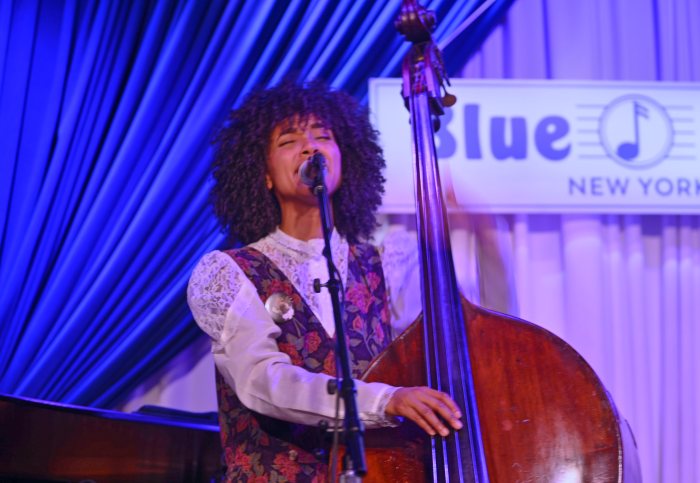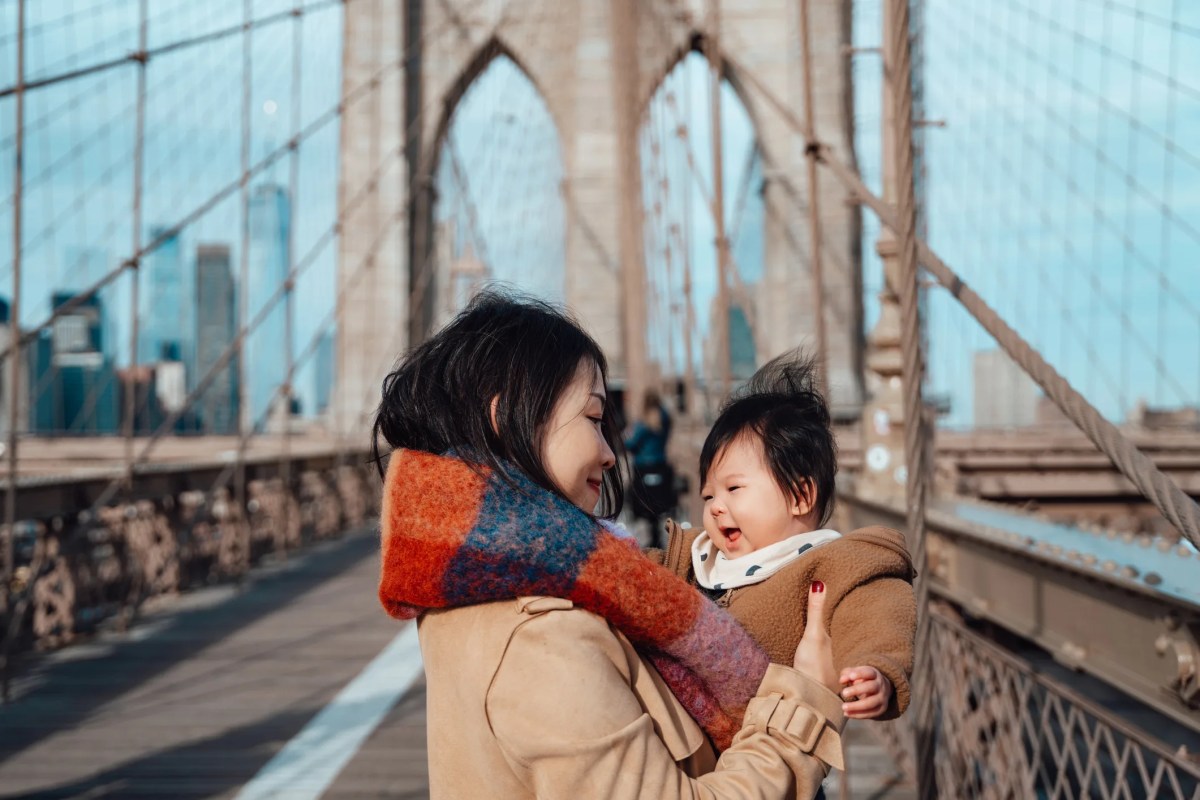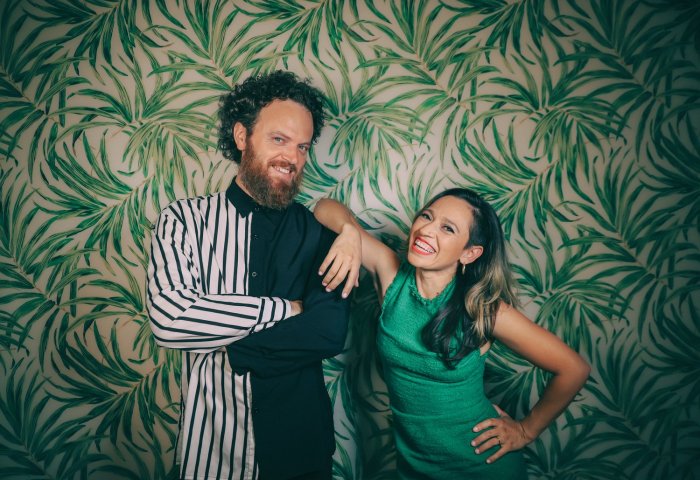
Editor’s note: This article, an interview with Kate Spade in her West 29th Street studio, originally ran in Newsday on Jan. 18, 1996. The late designer, born Katherine Noel Brosnahan, died in her Park Avenue apartment in Manhattan on June 5, 2018. She was 55.
Every so often, when Kate Spade hears someone mention her eponymous handbag company, she forgets they’re talking about her.
"Kate Spade — it sounds so ‘film noir,’ " mused the 33-year-old designer on a recent rainy morning at her airy West 29th Street studio. "Like she should be in a trenchcoat having a meeting with Humphrey Bogart."
Actually, if Spade had been around in the ’40s, a better incarnation would be Grace Kelly. Wearing a chocolate-colored sweater, slim black pants and shiny patent loafers, and clutching a feisty Maltese named Henry, Spade is chic in her simplicity, utterly charming in her lack of pretension — come to think of it, just like her namesake bags, which are sold in better department stores like Barneys New York in Manhasset and boutiques like Trees Accessories in Cedarhurst.
Spade likes to call her designs "fashionable but not trendy," but her growing list of customers, which includes model Cindy Crawford and Vogue editor Anna Wintour, belies that last assessment. (In fact, Spade is so hot that she snagged the Council of Fashion Designers of America’s prestigious Perry Ellis Award for 1995 designer of the year, which she receives next month.)
And, relatively speaking, Spade’s price tags aren’t as stratospheric as her hype: Aimed at the middle-ground customer who wouldn’t dream of buying a vinyl Chanel knockoff from a street vendor but who also can’t afford a closet full of the real thing, her bags start at $85 and top out at slightly more than $300.
"I’ve never bought a really, really expensive bag," admits Spade. "Not that two hundred and fifty dollars for a bag isn’t expensive," she adds almost apologetically. But even if their price tags wander into the three figures, Spade’s handbags, inspired by the clean-lined vintage purses she collects, are so classic they almost guarantee an unlimited shelf life.
" ‘But it’s just so . . . so . . . simple,’ " Spade says with a laugh, mimicking the reaction of some buyers to her designs, which as a concession to ornament will occasionally sport a small rhinestone clasp. But most of the time, Kate Spade bags get their interest from dainty fabric treatments: nubby cotton terry cloth totes, boxy ultra-suede carryalls in icy pastels, and, for spring ’96, several lines of luxurious linen, from white-piped Bermuda bags to Duchess of Windsor-inspired train cases in sizzling orange or turquoise.
"I think sometimes people get nervous because of bright color," Spade admits. "But the bags aren’t overly retro — you can wear them and not worry about them going out of style."

And the former Kate Bosnahan knows plenty about that subject: She began her career as an editorial assistant at Mademoiselle magazine, graduating to accessories editor and, eventually, senior fashion editor. But three years ago, nudged by then-boyfriend Andy Spade (a Chiat / Day Advertising creative director whose name the designer officially took when they married a year ago, though the company has sported it since its inception), this self-proclaimed "handbag freak" took the entrepreneurial plunge.
Armed with her own strong opinions ("I don’t like really long straps — you might as well have your bag on a leash and drag it behind you"), Spade hit local libraries as well as the stacks at the Fashion Institute of Technology for inspiration, then took sketches of her ideas to experienced patternmakers.
Tempering what she calls her "high tolerance for not being terribly practical," Spade designs beautiful bags that are nonetheless utilitarian, in structured shapes that manage to retain some degree of softness, with deep, wide interior pockets. Though Spade uses washable materials like water-resistant nylon, her impractical side does show itself in luxurious handbags of silk satin. ("If it’s pale pink with white piping," she shrugs, "Scotchgard it.")
Last fall, Spade also stepped out from behind the drawing board, starring in a trio of print ads for her handbags, which proclaim "Kate Spade New York" on their signature exterior black labels. Dressed in a pale pink sheath, an icy blue swing coat and a dainty button-up sweater, Spade struck some surreal, Fifties-feeling poses: kitchen-bound, holding a lemon-colored bag as she stared at her reflection in an aluminum frying pan; balanced on the head of a pin to reach a pink carryall; perched on a Venus flytrap, pinching a zebra-print tote between her fingers.
"That person is not like me — she’s really cute," sighs Spade. In person, scooping up tiny, furry Henry, a rhinestone barrette holding back a swath of her brunette hair, this Kansas City, Mo., native is a kind of modern-day Dorothy. A poster girl for affordable chic, she’s clicked her heels and — poof — landed in retail Oz.
"Just yesterday, I was looking down the street at Times Square — the lights, the flash — and it dawned on me," Spade smiles. " ‘Oh, wow, it really is the Big City.’ "



































